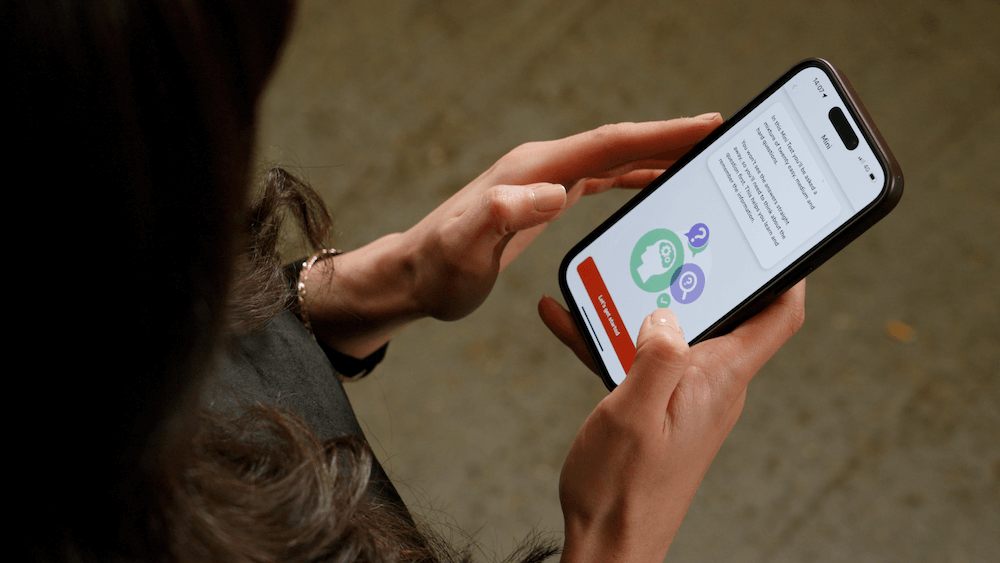


What is the Hazard Perception test?
The hazard perception test is the second section of your driving theory test, after the multiple choice questions. This section consists of 14 videos of different driving situations where hazards occur. This section aims to test your ability to identify an incoming hazard, as well as your reaction time to respond whilst driving.
Knowing what kind of hazards to look out for and identifying them early is the best way to practice for this section of the test, as well as prepare yourself to handle real-world driving situations.
The Learn To Drive With RED app allows you to practice your hazard perception skills with multiple video clips and prepare for your theory test.

When you have finished the first section of your theory test (multiple choice questions), the test will move on to the hazard perception section. You’ll be presented with a series of 1-minute-long videos that will look as if you’re driving the car and looking out the front windscreen. Each video will show 1-2 developing hazards, and you’ll need to click on the screen when you identify them. You’re marked on identifying the hazard and responding quickly – you can’t continuously click on the video, otherwise you will score 0 on that video clip.
These can vary and do not have to involve another car. Common examples you may see during your test are:
Practising using example videos can help you become familiar with what a hazard is and what it is not. Here is an example of a hazard perception clip:
To pass the test, you must achieve a minimum of 44 out of 75 points. You can earn up to five points for each correctly identified danger. The faster you respond, the higher your score. Missing hazards, responding too late, or clicking excessively without reason can reduce your score.
This ensures that you can identify risks quickly and take appropriate action, as expected in real driving conditions.
The test is worth 50% of the total theory test, which means preparation is important. Practicing will help familiarise you with what to expect on the day and improve your reaction times.
In the test, each of the 14 clips contains at least one developing hazard. To prepare, it’s important to:
The Learn To Drive With RED app has a collection of hazard perception clips for users to practice identifying an upcoming hazard and reacting quickly to gain points. The app tells you how much you scored and what you missed to help improve on your next mock test.
Preparing for your hazard perception test can be a bit nerve-wracking, especially if it’s your first time. The key to passing is not only in recognising these hazards but also in reacting quickly and effectively.
Here are some essential tips that will guide you through the process, improve your hazard awareness, and boost your chances of passing on your first attempt:
RED can help you in becoming more confident and prepared for your driving test with our Learn To Drive With RED app, which offers mock tests for hazard perception videos, as well as multiple choice questions.

This section of the theory test lasts approximately 20 minutes. During this time, you will watch 14 video clips, and your task is to respond to any hazards that develop during each clip.
You have a maximum of five seconds to respond to each hazard in the video clip. If you click the mouse button before the five seconds have elapsed, the test will not register your response. Therefore, it is essential to remain alert and respond quickly to potential risks on the road.
No, you cannot skip and return to it later. Once you have clicked the mouse button to respond to a hazard, you cannot change your answer or go back. Therefore, assessing each potential hazard quickly and responding appropriately is essential.
If you accidentally click the mouse without a hazard being present, the test will still register your response. Continuous or random clicking can lead to penalties, and the system may flag you for attempting to game the test. This is why it is important to remain calm, focused, and only click when you are confident that a developing danger is present.

Learn To Drive With RED, puts learning to drive in the palm of your hand. The perfect way to learn how to drive and practise your driving theory - all in one app.
Read more